History & Achievements
The Beginning and the Development of VERT®

History
The VERT® Association (Verification of Emission Reduction Technologies) was founded (also known as AKPF “Arbeitskreis der Partikelfilterhersteller – Working group of DPF manufacturers”) in Switzerland in 1993. It originated during the NEAT New Transalpine Railways Program, which was one of the biggest tunneling projects in Europe at the time.
Since then, VERT® (name since 2009) has developed some of the most important particle filter testing procedures, supported various international partners with retrofit programs and retrofit consulting and established a worldwide network of manufacturers of components, systems, engines, vehicles and measurement devices as well as environmental, medical and technical research facilities specialized in the field of “air quality”.
Milestones
- 2023 & 2024 DPF for Global Warming Mitigation
- 2022-2025 GPF Retrofit within EU-AeroSolfd-Projekt based on earlier VERT research
- 2022 DPF-Membrane for Marine heavy fuel oil application
- 2020 DPF for Virus Filtration
- 2016-2019 NPTI- the introduction of PN-count at idle for DPF-PTI control
- 2016-2018 High Emitter Analysis with Mexico Ciudad and EU-JRC
- 2015 Start of stakeholder process for Iranian national emission legislation to eliminate UFP
- 2015 Legislation for construction equipment with DPF for public projects in Berlin
- 2014 Euro VI legislation in Europe and Retrofit programs in China and Iran
- 2013 Retrofit programs in Bogotá/Colombia
- 2010 First VERT Forum Dübendorf with >60 participants
- 2010 Cooperation between Switzerland and China to introduce Low Emission Zones
- 2009 Legislation for construction equipment in Switzerland with DPF
- 2008 Retrofit programs in the Netherlands and Italy; Low Emission Zones in London, Berlin and Munich
- 2006 Low Emission Zones in all major Cities in the Netherlands
- 2005 DPF Retrofit program in Chile
- 2002 DPF duty for Diesels in all metal mines in the USA
- 2000 California Show Case Diesel Risk Reduction Program (Program to reduce diesel PM emissions in California by 75% by 2010 and 85% by 2020; London/United Kingdom starts to retrofit the transport system
- 2000 VERT-certified DPF for tunneling in Switzerland, Germany and Austria mandatory
- 1998 Boston: DPF duty for construction machines (“Big Dig”)
- 1997 First VERT Filter List published, based on PN and secondary emissions
- 1996 Retrofit program of 20,000 city buses in Germany
- 1994 VERT-Project started: DPF developed for Swiss Tunneling NEAT
Achievements
- Compulsory use of DPFs in underground work areas
Due to the close cooperation between authorities and the partner companies of VERT® which have been supported by scientific facts, substantiated in the field the necessary regulations have been finally implemented. - Compulsory use of DPFs in low-emission zones
The Swiss construction guideline is the prerequisite for environmental zones. This regulation could only be realized through close cooperation with the partner companies of VERT®. Not only did it explicitly prioritize particles as harmful substances but also provided evidence that it is possible to comply with the AQ limit value. Not until then was it possible for the EU to introduce low-emission zones thus to make the use of DPFs compulsory. - Criticism of inefficient systems (DOC, open systems)
VERT® vehemently opposed these flawed types of systems and took great pains to ensure that eventually the best type of filters were brought into prominence. - Criticism of systems producing highly toxic secondary emissions
In scientific studies, VERT® proved the new formation of dioxides, furans, nitro-PAH etc. and successfully forced harmfull systems out of the market. In the course of this, VERT® was the first one to introduce an exact method of measurement for NO2. - Field trials as requirement for certifications
Even though long field trials constitute a burden for the individual manufacturers, they have been supported by the partner companies of VERT® and now provide the foundation for the reliability of the particle filters. The result is that systems wich are published on the VERT Filterlist are highly accepted worldwirde. - Scientific corroboration and world-wide impact
VERT® was not only instrumental to the formation of the ETH-conference, which took scientific dialog to a global level, but also to the thorough scientific research of all essential aspects of filtration technology. This lead to the development of a reliable foundation in regard to the number of particles, their material and size, the worst-case philosophy and process monitoring. - The particle number criterion in EU on-road legislation and the Swiss Air Quality Control Regulation (LRV)
Without the particle number criterion in Euro VI, today’s large number of different on-road filters would not exist. VERT® spent 10 years preparing the ground for this during the “old” VERT® project by systematically developing measurement technology and criteria, substantiating them through research work and closely working together with the responsible representatives of the European commission. - The inclusion of the particle number criterion in the revision of the NRMM legislation
Without the particle number criterion, filter technology will not establish itself in the non-road sector on a large scale. On the occasion of the review of Directive 97/68/EC, these aspects were successfully submitted to the list of demands to the European Parliament.
- EU retrofitting directive based on the VERT®-ISPRA-EU project
VERT® managed to have an EU-wide group of experts established at the JRC that were allowed to compile information on technological basics for the commission. On this foundation, the commission then established the UN-EC REC working group, which worked out a general retrofitting regulation for both on and off-road vehicles.
